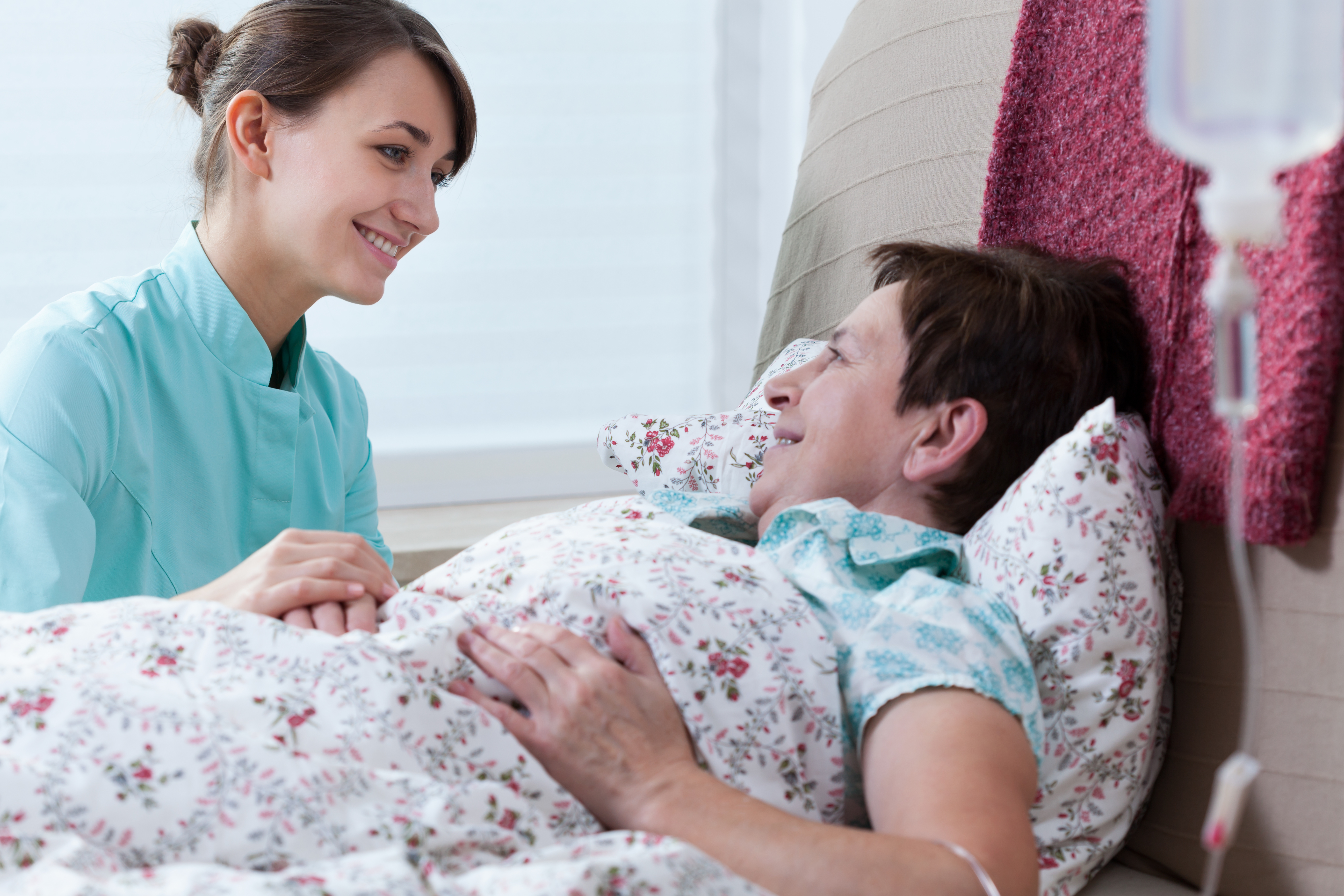September is sepsis awareness month, but unless you’ve dealt with it directly, you might not know how to spot warning signs or even how to prevent it. Unfortunately for your elderly loved ones, they are among the demographic more at risk for developing Sepsis. Since it can be a result of pneumonia, the flu or urinary tract infections (common infections occurring within the elderly population), learning the best practices for prevention is important for those in caregiver positions. Keep in mind that this disease is preventable if proper procedures and infection fighting protocols are observed. But sometimes things just happen, and when they do, sepsis is treatable if caught in time. Listed below are answers to 6 of the most common questions about sepsis.
What is sepsis? Sepsis is your body’s toxic response to an infection. Ideally, when you have an infection your body works to fight it off, but with sepsis the opposite occurs. Your immune systems stops working and your body starts working against itself.
Who is most susceptible to sepsis? The very young, the elderly, and those with chronic illnesses causing them to have weakened immune systems are among the groups most at risk.
What are the warning signs/symptoms I should look out for?Enlisting the help of a knowledgeable Keygiver can prove to be beneficial, but knowing these symptoms yourself could save your life. Sepsis.org outlines the symptoms of sepsis as the following:
S – Shivering, fever, or very cold
E – Extreme pain or general discomfort (“worst ever”)
P – Pale or discolored skin
S – Sleepy, difficult to rouse, confused
I – “I feel like I might die”
S – Short of breath
Any combination of the symptoms above should be treated seriously and reported to the appropriate health provider. (Continue to next page)

